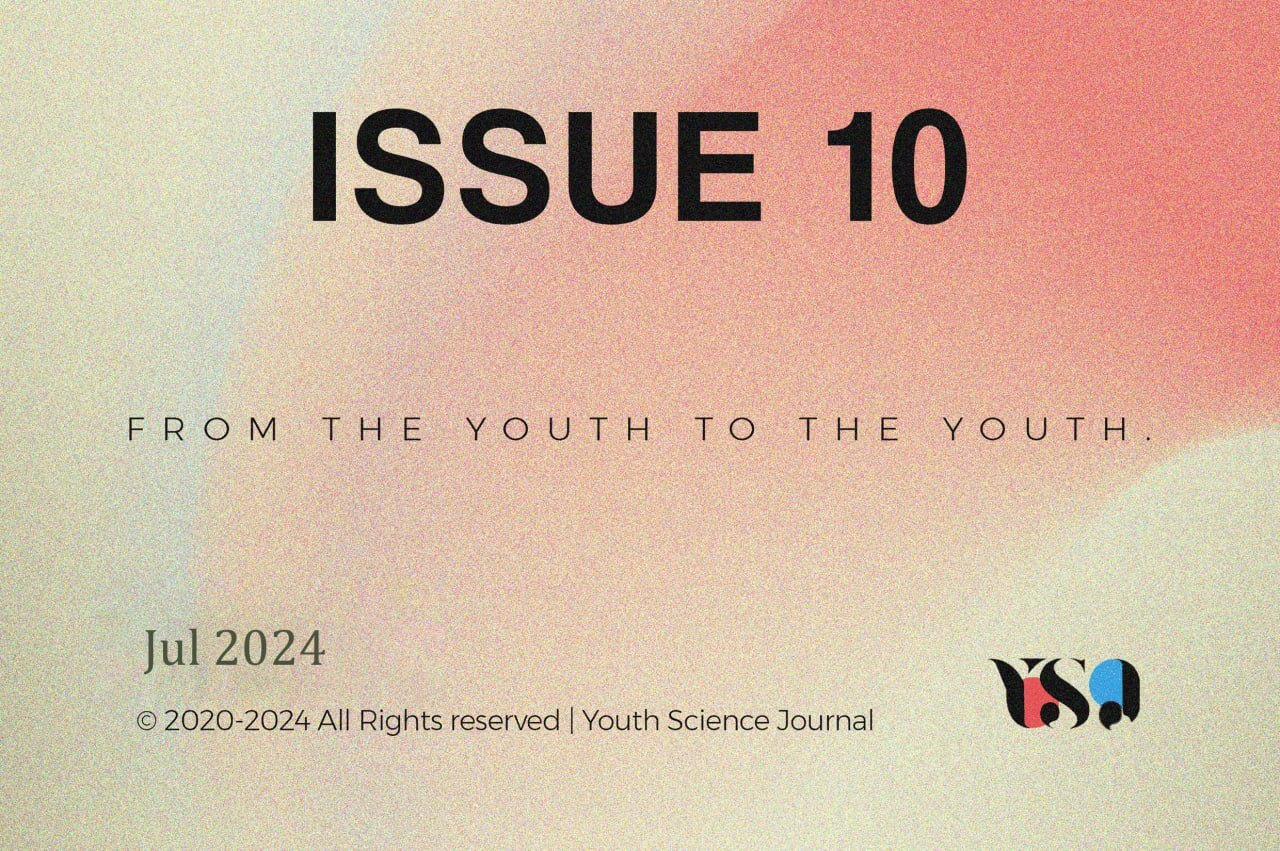##article.abstract##
This research explores the intricate relationship between gene editing, DNA transcription, translocation mechanisms, and their impact on the mental health of individuals aged 18 and above. It seeks to contribute novel insights to this underexplored intersection, propose potential therapeutic interventions, and offer avenues for further exploration. The study extensively reviews two prominent gene-editing technologies: CRISPR-Cas9 and TALENs. It elucidates their mechanisms and identifies potential errors occurring during the final stages of Non-Homologous End Joining (NHEJ), which may lead to gene disruptions and mutations. These disruptions can significantly affect crucial gene functions related to neural regulation, brain development, and mental health disorders. Moreover, the study emphasizes the significance of Homology-Directed Repair (HDR) and its precision in effecting precise DNA sequence changes. It highlights the potential for errors during this process and their direct implications for neural processes and mental health. To address the impact of gene editing on mental health, a computational methodology using Python and the Biopython library is proposed. Focusing on the CRISPR-Cas9 method's activity on the IDH1 gene, which is associated with brain cancer, real-time monitoring through Bioluminescence Imaging (BLI) is recommended as a valuable tool for assessing gene editing efficiency and specific

